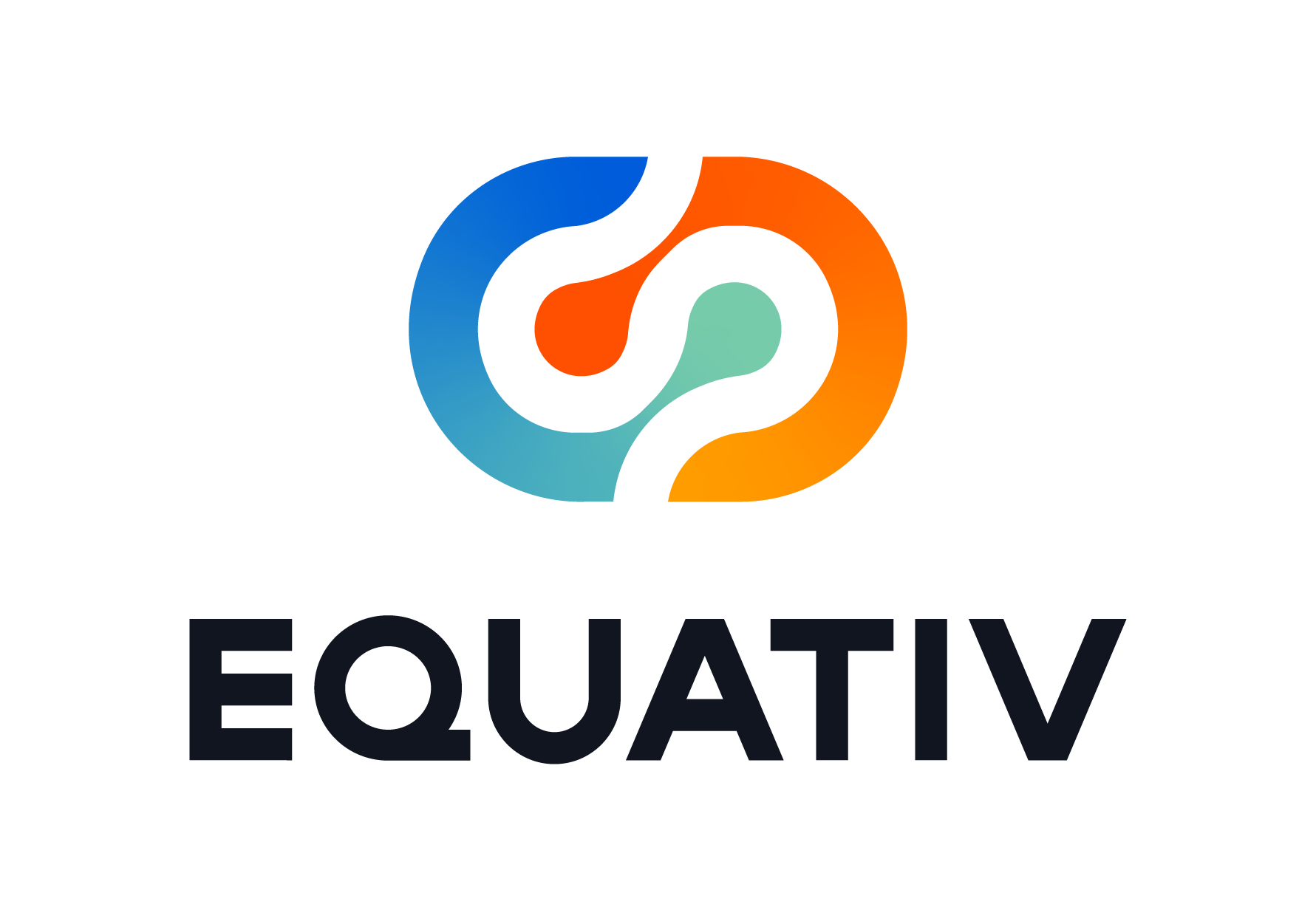
You launch a campaign and everything seems in place, but the results don’t match your expectations. Reports show plenty of impressions, yet conversions and engagement fall short. Sound familiar?
Today’s programmatic advertising world has a problem: there’s too much ad inventory, and a lot of it is duplicated. This overload makes it really hard, both technically and financially, for demand-side platforms (DSPs) to evaluate every single buying opportunity. As a result, valuable audiences and high-quality inventory can slip through the cracks.
That’s where curation comes in. It helps by pre-filtering supply based on what buyers actually want, cutting down on the flood of unnecessary bid requests DSPs have to sort through. Think of it like hand-picking inventory at the supply-side platform (SSP) level using data like audience profiles, viewability scores or other useful signals, kind of like the inventory packages advertisers are already used to.
There’s also a growing role for curation platforms. These are third parties that bring their own tech and expertise into the mix to build new kinds of media offerings. In a way, they help connect the dots between the traditional insertion order (IO) way of buying and the more automated world of programmatic.
Equativ, an independent programmatic media company, has designed its platform – Maestro by Equativ – to carefully select and manage ad placements that align with a brand’s objective, values and target audience. It is an essential tool for the modern marketer.
“Ad curation gives publishers, data providers and advertisers the ability to select, organise and optimise their media, providing full control over both the environment and the audience. This is crucial for effectiveness, as it reduces waste, creates a more focused and efficient connection between the user and the brand, and ultimately boosts engagement between the brand and the consumer,” says Jonathan Haines, managing director of UK and Northern Europe at Equativ.
According to Equativ Q1 2025 data, advertisers who leverage Maestro Activation are seeing a 40% increase in win rate and a 23% lower cost on average compared to how they were buying before.
A strategy built on transparency and trust
But marketers must also prioritise safety, transparency and sustainability. GDPR and its associated regulations have drastically changed the online cookies and data landscape since their implementation. Advertisers and programmatic companies have to ensure that consumer data is being handled responsibly.
GDPR has also meant that instead of relying on cookies, advertisers will have to rely more on context to determine the best placements for their ads. That involves considering what content the ad should be placed with and which audience it should be targeted to.
This kind of complicated placement requires advanced technology, intelligent algorithms and a keen sense of the target demographic. Maestro by Equativ achieves this by offering a marketplace for buyers and sellers to collaborate and create a positive impact on the end user. It effectively offers marketers more control.
ID5 research found that 56% of advertising professionals favoured the use of marketplaces like Maestro to address cookieless traffic. According to StatCounter, 35- 50% of consumers use cookieless browsers, and Maestro by Equativ’s addressability solutions make it easy to reach them.
In a landscape where first-hand data has limitations, the ad placement market is incredibly vast and understanding every publisher’s individual audience is an impossible challenge. Curation platforms can make a significant impact. They can provide clear information, improve relationships between advertisers and publishers and reach target audiences with relevant, meaningful content.
“An easy win is in taking control of programmatic media,” Haines says. “Marketers can achieve success and strategic growth by curating the supply path, the data, the targeting, the format and the activation.”
Additionally, a better understanding of where ads are being placed reduces the risk of alignment with risky content or sites, thereby improving brand perceptions and security.
NewtonX and WARC found that 60% of programmatic advertising experts are concerned with brand safety and 46% are concerned by ad fraud. By improving the transparency in the transaction between buyer and seller, marketers gain insights into where their ads will be placed and sellers improve the trust and understanding of their content.
Efficiency and effectiveness in a changing landscape
Budgets are also a key issue for marketers, with belts tightening the world over. Ad spend is up year-on-year globally, but it has risen at a slower rate since a major year of growth in 2020-2021, according to Statista analysis.
Technology like Maestro’s is incredibly efficient, meaning advertising budgets can stretch a lot farther and “deliver greater value to publishers and data providers,” says Haines.
Efficiency is not only a cost-saver but a means to promote effective use of time and sustainable use of data. It also gives marketers more control over their programmatic strategies. Equativ research shows that 53% of companies are planning to leverage curation in their programmatic strategy.
Matt Gascoigne, head of media buying at Click Out Media and an Equativ client, says that efficiency and effectiveness are key priorities, especially when considering the shift away from cookies.
He says Click Out Media ensures ad spend is as efficient and effective as possible by “constantly tweaking budgets – shifting spend to where it’s working best, pretty much daily and working closely with partners like Equativ to fine-tune deals and make sure we’re hitting the right spots efficiently”.
He says it’s also important to “dive into the detailed reports which let us see exactly what’s happening, and find ways to optimise and boost that return on ad spend”.
And this approach is working. Not only does curation help streamline delivery, but 80% of publishers using Maestro by Equativ for curation generated incremental revenue from unique demand.
By clearly showing the value within their audiences to the best advertisers, publishers can maximise their ad placements. Advertisers who are achieving excellent ROI on those placements are more likely to maintain or even increase their commitments.
That leads to greater income for the publisher. And, the user is also likely to benefit by seeing more relevant, more engaging advertising content.
Haines says: “Strengthening your connection with the brand enhances consumer engagement. The more relevant the message, the more likely it is to capture attention and prompt interaction. Increased engagement not only boosts brand recall, interactions and loyalty but also contributes to a stronger return on investment (ROI). When advertising resonates with users and encourages meaningful engagement, data accuracy improves, fuelling even greater effectiveness in digital advertising.”
All of this may seem daunting, especially to marketers accustomed to operating in a world of cookies. But it’s actually a huge opportunity to create a stronger strategy and deliver more impactful advertising.
The shift to curated programmatic advertising will encourage marketers to think more strategically about their target audiences. It will allow them to seek out the brands that align with those audiences and to build strong, longer-term relationships with them. It also introduces the possibility for technology and AI to improve efficiency.
Similarly, marketers will have to consider how to leverage their own data for the better. “By controlling the environment and the audience that is being used, the data becomes more accurate and therefore valuable,” Haines says.
More accurate data will be a godsend to marketers. Where there may have been a scary leap of faith into a cookieless strategy, instead there is the tantalising possibility of better data, stronger relationships and better ROI. It’s there for the taking, marketers simply need to seek out the best partners, like Equativ, to develop their programmatic advertising curation strategies with.
Effectively reaching target audiences at scale and maximising return on advertising spend remain key concerns for advertising professionals. As businesses tighten the purse strings, AI continues to add new considerations, and consumer expectations for relevant and non-intrusive ads increase, the pressure is on. If brands don’t get their digital advertising mix right, they risk overspending, reaching the wrong audience or damaging their brand reputation.
Haines adds: “Maximising the value of your ad spend starts with setting clear goals and truly understanding your target audience – who they are, what they care about and how they prefer to engage with your brand. What are their interests, behaviours and motivations?”
Figuring out how to balance effective targeting, brand safety and cost efficiency are essential to the future of programmatic buying and selling.
Key steps to programmatic curation success
To effectively use curation tools and maximise return on investment (ROI) in today’s programmatic landscape, focus on these key actions:
Start with a sharp understanding of who you’re targeting, what matters to them and what outcomes you want from your campaigns. Strong curation is rooted in strategy, not just reach.
Work with a platform that offers transparency, targeting precision and speed. A good curation tool doesn’t just improve control, it accelerates learning and performance. “Maestro lets us test new domains and audiences way faster. Speed makes a big difference,” says Gascoigne.
Use curated marketplaces to experiment with audiences, placements and formats. React quickly to what’s working by shifting spend, tweaking strategy and scaling success.
AI can help improve outcomes and uncover inefficiencies. “Using AI smartly is key – it helps us spot real opportunities for improvement without getting bogged down,” says Gascoigne.
As cookies decline, context and environment matter more than ever. Use curation to target content-based relevance and explore high-performing in-app spaces to reach engaged users.
Curation enhances transparency, helping avoid risky placements and ad fraud. Choose curated supply paths and trusted partners to protect your brand and stretch budgets further.
For more information, please visit: www.equativ.com

You launch a campaign and everything seems in place, but the results don’t match your expectations. Reports show plenty of impressions, yet conversions and engagement fall short. Sound familiar?
Today’s programmatic advertising world has a problem: there’s too much ad inventory, and a lot of it is duplicated. This overload makes it really hard, both technically and financially, for demand-side platforms (DSPs) to evaluate every single buying opportunity. As a result, valuable audiences and high-quality inventory can slip through the cracks.
That’s where curation comes in. It helps by pre-filtering supply based on what buyers actually want, cutting down on the flood of unnecessary bid requests DSPs have to sort through. Think of it like hand-picking inventory at the supply-side platform (SSP) level using data like audience profiles, viewability scores or other useful signals, kind of like the inventory packages advertisers are already used to.






